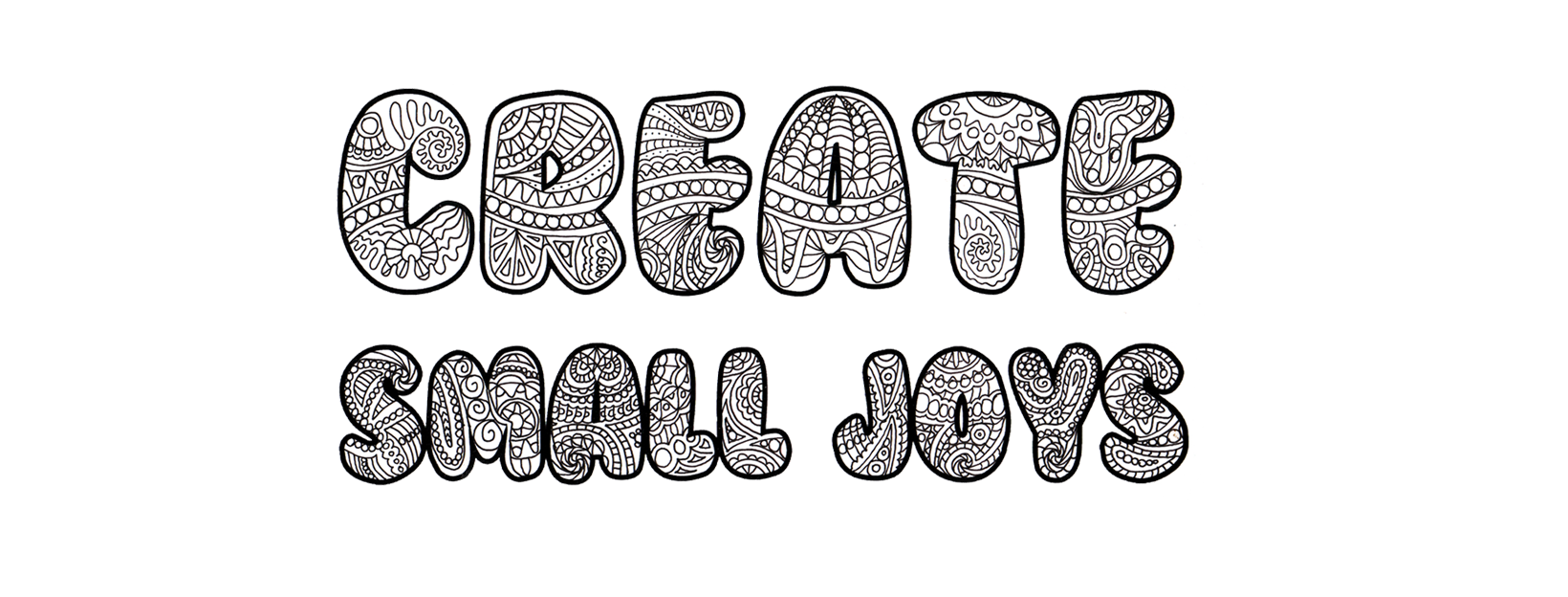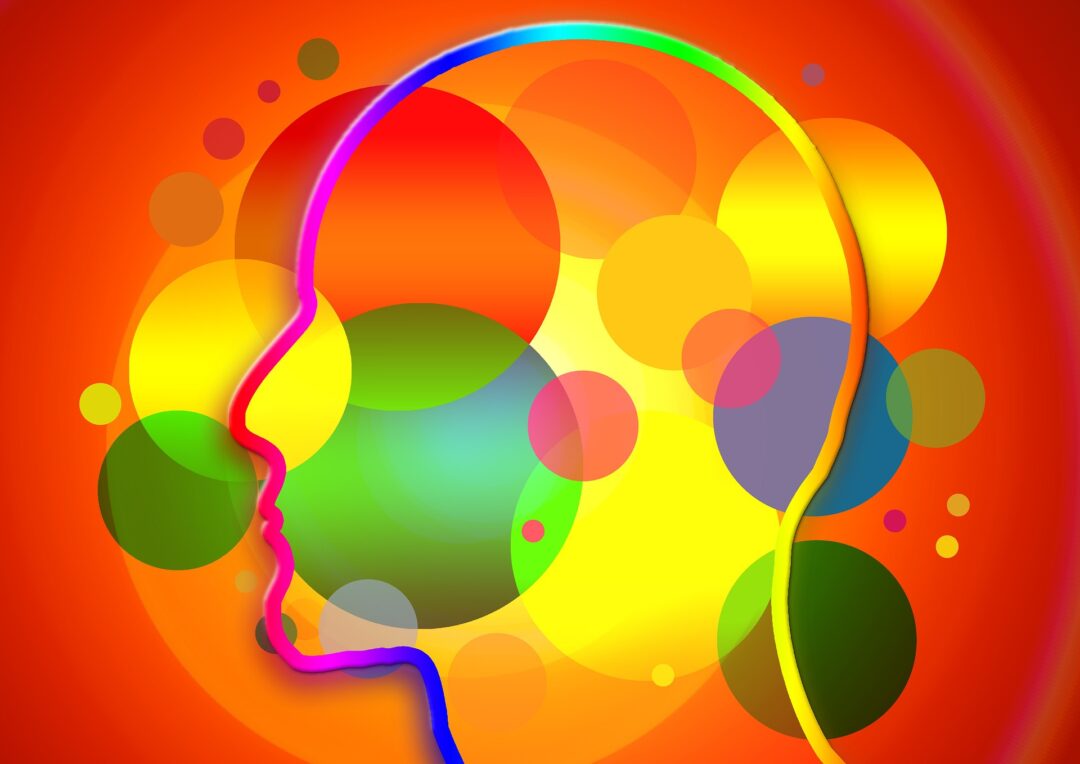My therapist often repeats one sentence to me. I believe I would be able to recite it even if someone woke me up at midnight. (Don’t try to wake me up at midnight, though. At least if you value your life.)
The sentence is: “You create what you focus on.”
Let me explain. When we experience something unpleasant, we want more than anything for it to just go away. If you experience pain, you concentrate on the fact of how much you want the pain to stop existing. If you have mental health problems, you often think about how you can make them easier to bear, how to make them go away.
When you focus on how to make something go away, you reinforce it instead
The problem with this kind of thinking is that you focus on the thing you don’t want. And the more you think about it, the more you reinforce it. By thinking about the thing you don’t want all the time, you strengthen the neural pathways in the brain that are dedicated to this thing. And the more you use these neural pathways, the more you are inclined to use them.
Nicholas Carr writes in his book, The Shallows: “The more the sufferer concentrates on his symptoms, the deeper those symptoms are etched into his neural circuits. In the worst cases, the mind essentially trains itself to be sick.”
You strengthen the right neural pathways by focusing on what you want
So what to do instead? Focus on what you want to have. Do you have anxiety? Focus on the feeling of peace and calm. Right now, I’m doing visualizations of feeling calm in therapy to “work out” the part of my brain dedicated to it. I imagine a place where I can feel safe and calm (it can be made up or real), imagine myself there, and feel the calmness wash over me.
For me, it’s a meadow filled with dandelions with an old tree in the middle. I sit down between its roots and look l into the distance. If I’m not calm enough, I picture a bed under the tree, and I’m curled in the bed, completely covered by the heavy blanket. I come out when I’m ready.
It’s normal if you experience calm weakly at first, or mixed with other feelings. As long as it’s there, it’s OK. Your brain just isn’t used to it enough yet. It will improve by doing.
You can train your brain to feel what you want
By focusing on what you want to feel, you strengthen the centers in your brain that are dedicated to that feeling. If you focus on joy, you strengthen the connections in your brain that create joy. It’s like a path that gets wider the more you walk it. At first, you slowly make your way through the dense bushes, but gradually you can walk it quicker and easier. Eventually, it becomes a habit. You will find yourself feeling joy every day because you have taught your brain how to do it.
Your dominant mindset can be anxiety, for example, but it can also be calm. It depends on which neural pathways you walk repeatedly. Of course, that doesn’t mean that you won’t experience any anxiety at all. Life contains all sorts of feelings. But your brain forms a habit that determines which feelings it falls back on in neutral situations, and you can change that.
Summary
You can learn to have fewer negative feelings in your life if you don’t focus on getting rid of them and concentrate on the positive ones instead. It takes time to teach your brain to form new neural pathways, but with daily practice, you can gradually start to change what is your dominant mindset.
~~~
The link for the book The Shallows is an affiliate Amazon link, which means that if you buy the book by clicking on it, I’ll earn a commission. (Of course at no additional cost to you.) The book is a fascinating read not only about how using the internet changes our brain but also about neuroplasticity and how different inventions like maps, clocks or the written word shaped the development of the human mind. I recommend only books that I enjoy myself. 🧡





